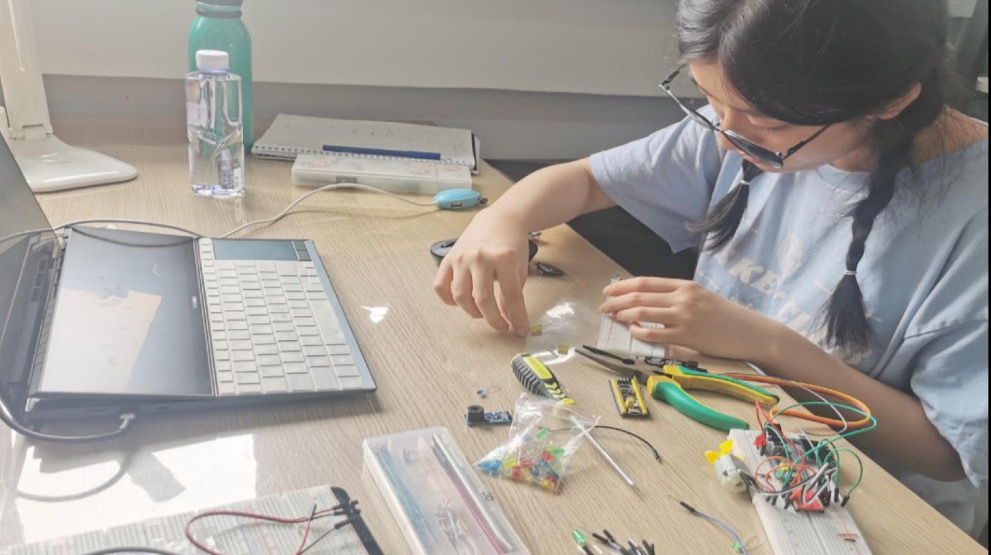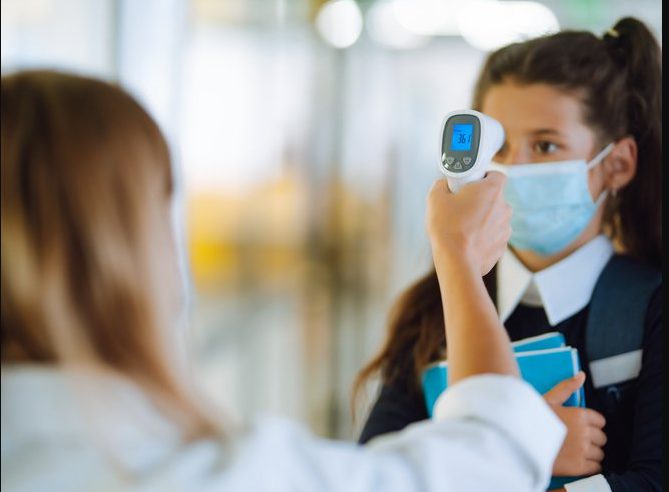Going to school with a stomachache used to be a reason to get out of class and go to the health room, but now it may be a good enough excuse to go home. When a student is sick, whether it’s a stuffy nose or a sore throat, it could be a reason their day, or week is cut short by the school. Coughs, sore throats, and pretty much any symptom could all be a sign of COVID-19, so the administration makes sure to investigate every little indicator of sickness in case of a possible COVID case. Because of this, the health room has a new addition: the isolation rooms.
The isolation rooms are just what they sound like. Small rooms isolated with a clear curtain separating them from the hallway of the health room. Students who feel sick are sent to these rooms as soon as they utter a word that might indicate them not feeling well to the nurses, and the safety procedures take place.
Nurse Joan or Ms. Lawan takes the temperature of the student and begins an interview to figure out why the student isn’t feeling well. The flow chart is used, and depending on the scenario the student’s case follows, they either are sent home or stay at school.
For example, if the student has a headache but is prone to them, they’re sent back to class with no worry. If they have a fever, then more aggressive procedures take place and the student is sent home for ten days in order to protect others.
If a student is diagnosed with COVID, Nurse Joan begins the rigorous contact tracing process. This consists of first investigating and verifying the positive COVID case, then once confirmed, interviewing the patient and telling them the quarantine procedure along with finding out who they’d been in close contact with and notifying those families.
The outbreak that occurred in an out-of-school party completely changed the way they handled sick kids, says Lawan Miller. The interview process, isolation room set-up, isolation procedures, equipment used, and the requirement of communication all took a drastic change in direction. All students had to be separated while in isolation for their sickness, and they can’t have anyone sitting stagnant so even more students are sent home for less and less risky symptoms.
All in all, COVID has changed the way the school responds to sickness and what brings a student to the health room.



































